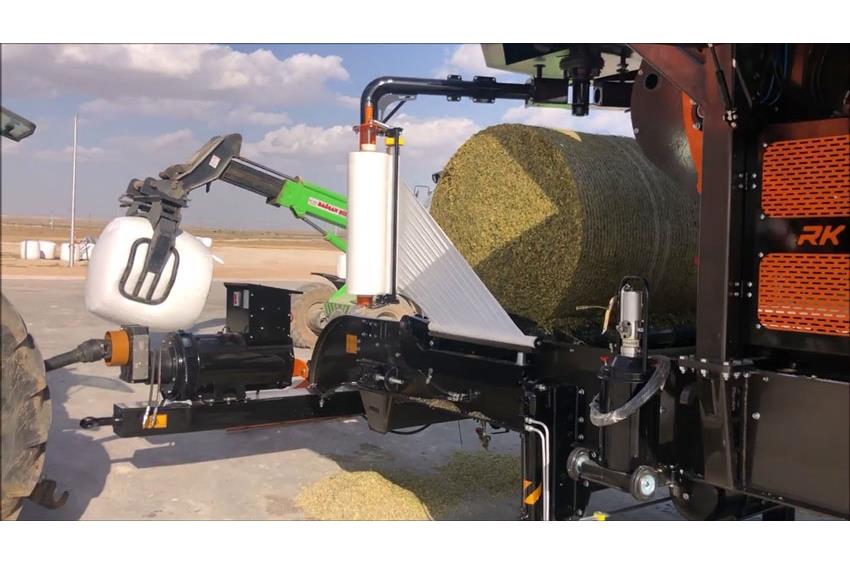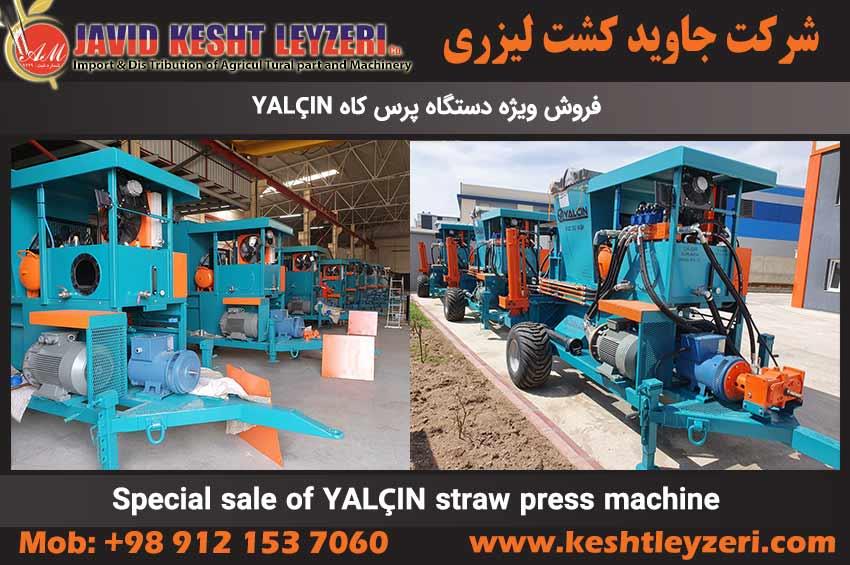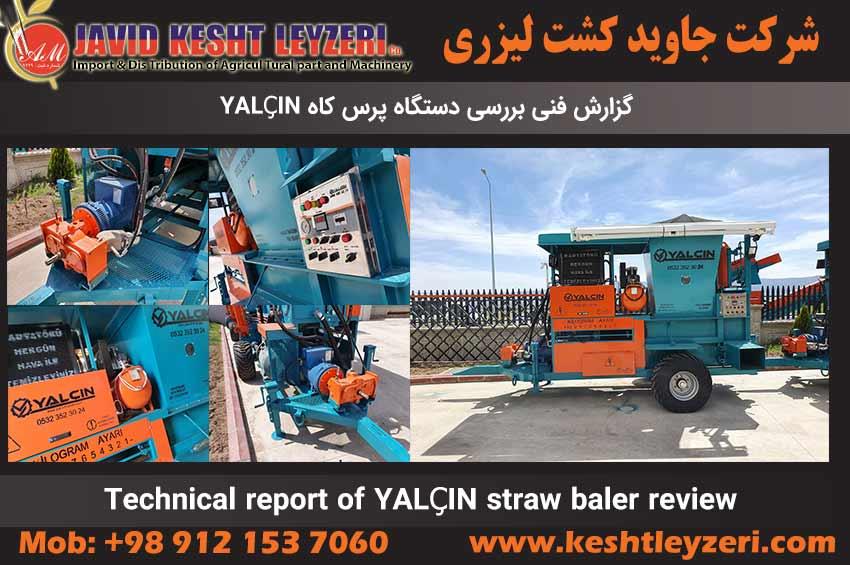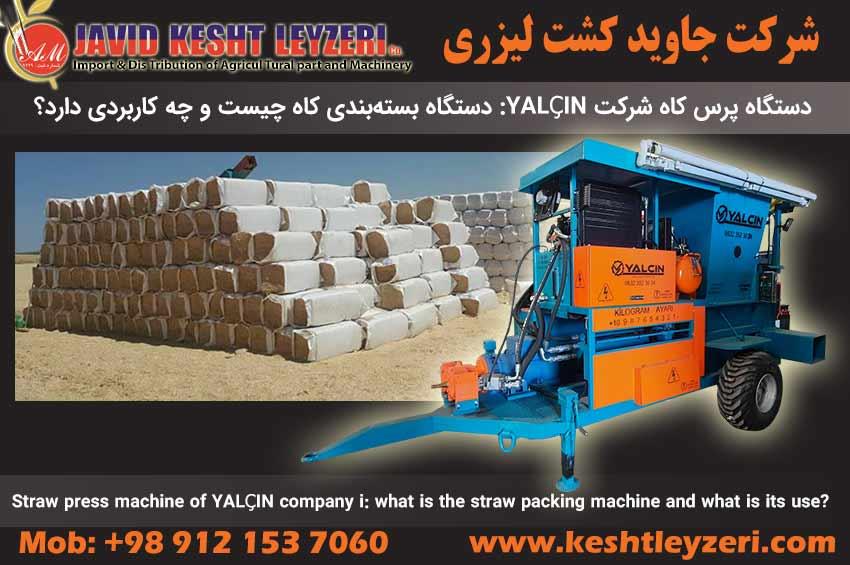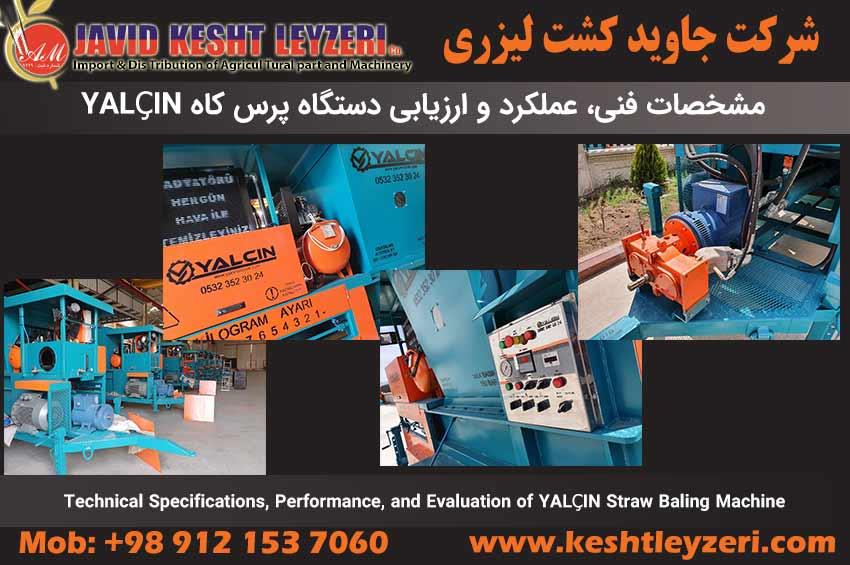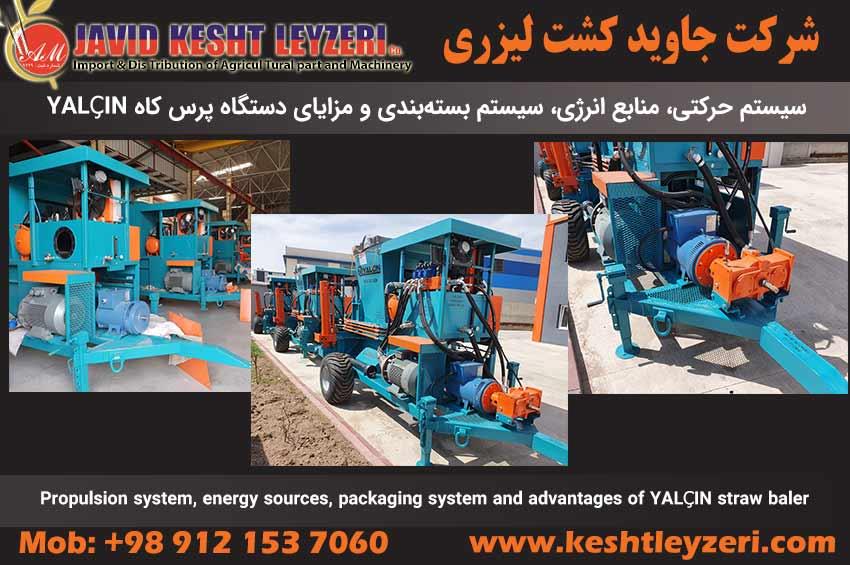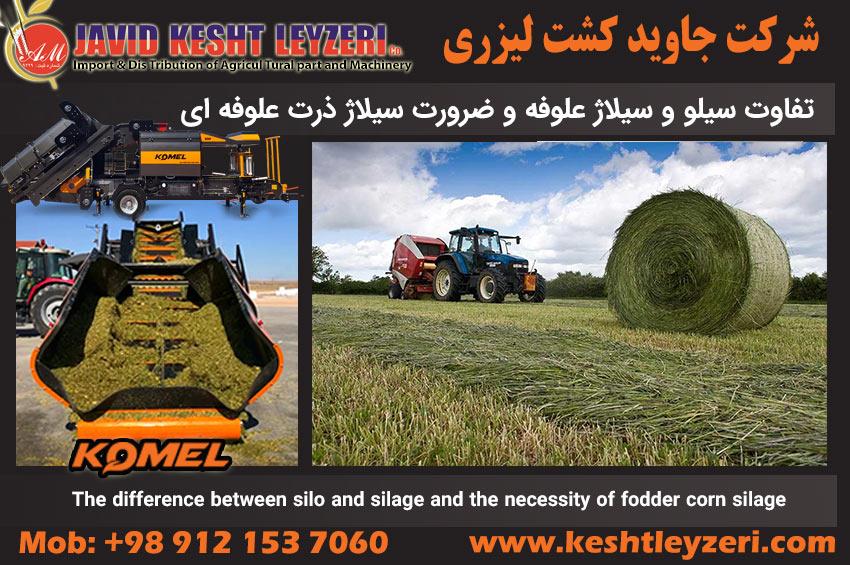
The difference between silo and silage and the necessity of fodder corn silage
javid keshtleyzeri Co.ltd
Due to the recent and even earlier droughts, due to the geographical climate and weather conditions and the location of the Iranian plateau in the arid and semi-arid region, dense pastures and grasslands with diverse and palatable plants are out of the reach of animal husbandry. Is . Therefore, the main part of livestock feed is straw and stubble with a limited amount of hay.
For several years, concentrate has been added to the livestock feed basket with the help of subsidized bran advertisements, with all the descriptions that all those involved are aware of, which sometimes becomes the only animal feed in the absence of even straw, while the minimum consumption of dry matter is for health. Digestive system and milk production is at the level of natural capacity of 3% of animal weight. That is, if we consider the livestock to be approximately 400 or 350 kg, a dairy cow needs at least 12 kg of dry matter.
It is easy to understand with the available concentrate! And alfalfa is limited, both in terms of nutrition and in terms of economics, without its straw, it is not possible to achieve the required amount of dry matter.
Straw, except for limited consumption to provide physically effective fibers in dairy cows and filler in heifer and dry cow food (maximum consumption of 2 kg), has a role and nutritional value other than physical satiety and occupying the rumen and preventing the consumption of quality feed to increase milk production. , health and safety of the body, fertility and natural activity of the reproductive system, etc., and this is where fodder corn silage, packed with the following specifications, plays a very important and prominent role in providing dry matter for livestock consumption. he does .
Packed fodder corn silage with higher nutritional value and no spoilage, with proper dry matter, no effluent loss and no loss of dry matter, proper fermentation without burning and no toxic substances and mold, the most economical choice for productivity and profitability. It is considered livestock units.
The quality and quantity of food plays a decisive role in the growth of livestock, reproductive health and increase in lactation. If the nutrition is appropriate to the needs of livestock, the maximum genetic potential can be used in livestock production. In the breeding of domestic animals, most of the production costs are related to the cost of feeding, which in some branches of animal husbandry includes up to 80% of the total cost of animal breeding. Therefore, under conventional conditions, nutrition management has the highest economic importance in livestock breeding. Considering that the major part of animal nutrition and feed is provided from silo, if it is possible to eliminate the need for fodder from silo, the costs can be significantly reduced.
What is a silo?
Silo is a Spanish word that means warehouse and underground, and silage is a practice by which some animal foods are fermented and kept in a protected place, even if possible without air. The nutritional value of silage fodder is relatively good and its loss is less compared to other storage methods, and thus, juicy and cheap food can be provided to the animal.
What is silage?
Silage can be divided into the fodder category based on the origin of the feed. Silage is produced and processed from the controlled fermentation of wet products such as corn fodder, barley, sorghum, alfalfa and clover, and it is considered an unparalleled feed for all types of livestock. With the help of fermentation, this feed is stored for a longer period of time and contains useful energy-generating substances to strengthen livestock. The key factor in preparing suitable silage is the high production of lactic acid in a short time and the rapid reduction of PH in silage fodder. Research results show that lactobacilli are the dominant microorganisms in growing fodder and play an essential role in silage fermentation.
Fermentation in silage makes it possible to use silage fodder for a long time, without changing the nutritional value of the fodder. In Iran, silage is usually prepared with crushed corn plants (including stalks, cobs and leaves), but in countries where alfalfa production is high and there are difficulties in drying it, alfalfa, barley, sorghum and clover silage is also prepared. to be
Target :
We intend to help the dear ranchers of our country by removing silos and taking measures to preserve feed from any corruption and produce as much quality fodder as possible, by creating a tremendous transformation in the livestock industry, ensuring livestock health and productivity as much as possible, by clicking on You can see the types of silage and fodder packing machines on the following image and link:
KOMEL 1200 kg corn packing machine, new series of trolley cash model 2022

